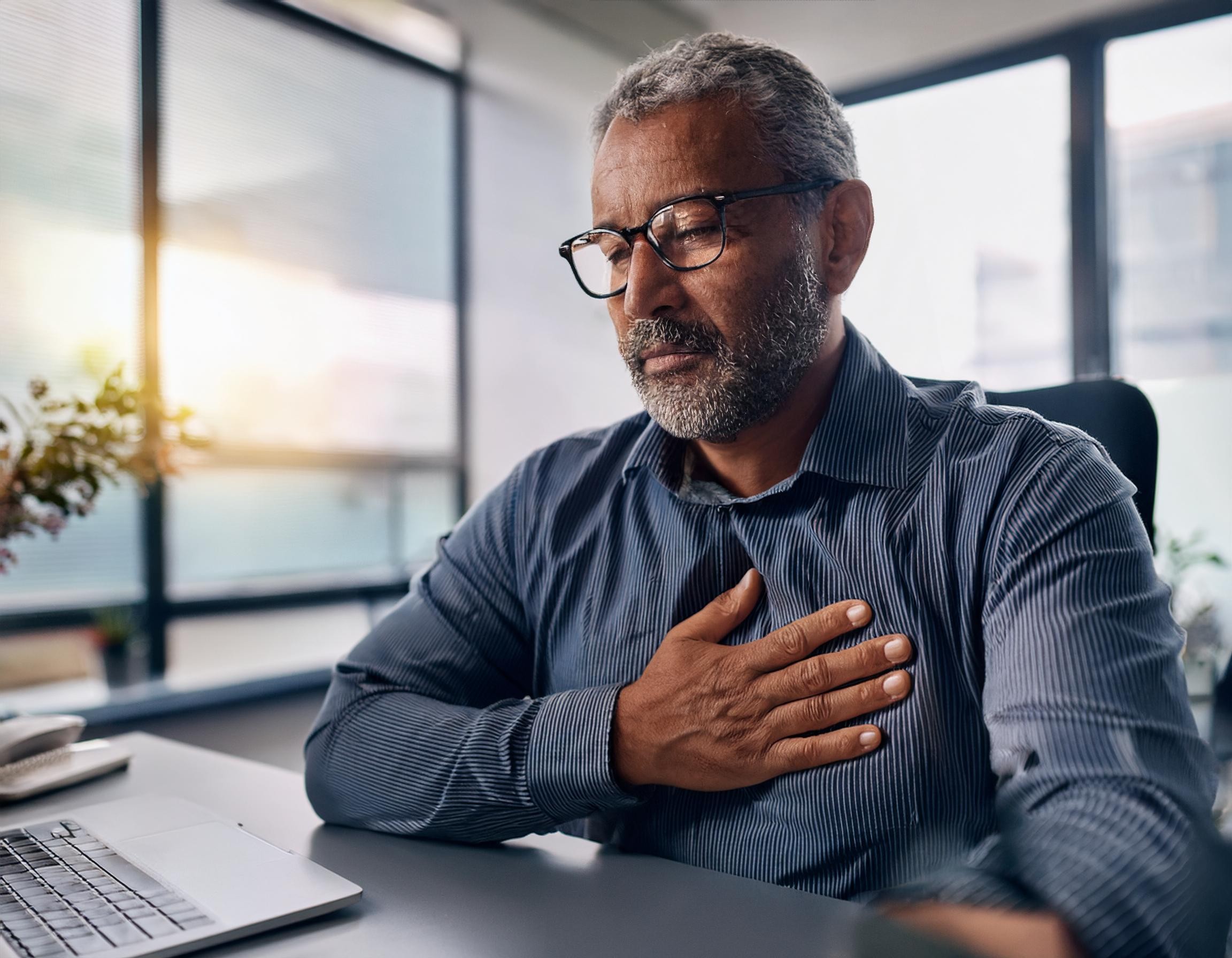
In today’s society, most of us lead fairly sedentary lifestyles. We sit down for most of the day behind a computer and if we are catching public transport to and from work, the majority of us are sitting with our heads hanging down and we have our eyes glued to the screen of a laptop, iphone or the ipad. Otherwise, we are sitting in the car driving to work or we are sitting at the dinner table, the study table or on the couch.
You catch the drift; most of us sit most of the day. Even if you are an avid gym goer and you exercise five times per week for an hour at the gym, that still leaves majority of the day consumed with sedentary activities.
So, what does sitting for prolonged periods of time actually do that makes it potentially harmful for your body?
- Poor posture – sitting for prolonged periods of time means that your body is staying in virtually the same position for that period of time. As we tire, slowly the body will droop into a more slouched position. The core muscles become deactivated, your head tends to draw forward and your shoulders become rounded.
- Sore lower back – in the ideal position; the lumbar spine (lower back) is a C-shaped curve. The spine is designed this way for ideal weight bearing. When we are in a seated position, this C shape in the lumbar spine is either lost or even worse – reversed. Prolonged sitting means that the lumbar spine is load bearing in a less than ideal position. This can cause muscle imbalances and unnecessary stress on the joints of the lower back.
- Muscle deconditioning – your muscles lack use and are staying at the same length because of limited movement when you are sitting down for long periods of time. One of the reasons why so many people have tight hamstring muscles is because in a seated position the knees are at a 90-degree angle and the hamstring is a shortened position.
- Loss of bone density. Weight bearing exercises such as walking and running contribute to greater bone density and play a major role in preventing the development of osteoporosis. According to Osteoporosis Australia, in older adults who have had more active lives, hip fractures have been found to be as much as 38-45% lower, compared to those who are less active people.
- Headaches – forward head carriage in a seated position, where your head is hanging forward and down, puts strain on the muscles of the neck, particularly the ones at the base of the skull called the suboccipital muscles. As high as 20% of headaches are cervicogenic in nature, meaning that the pain experienced in the head originates from the neck.
Wherever you’re reading this, get up off your backside and get moving and let us know how much better you feel!



